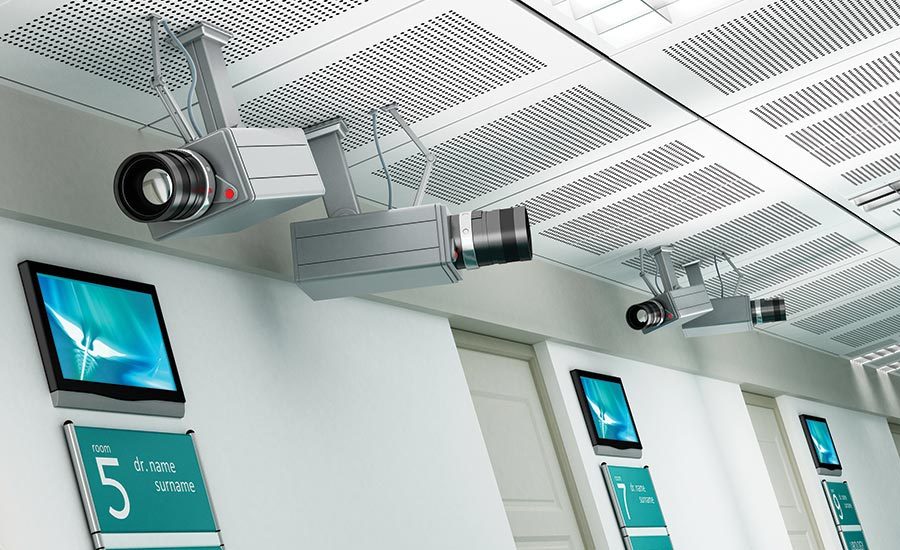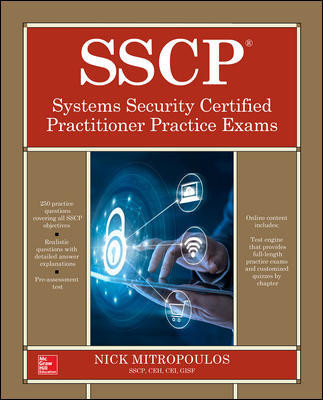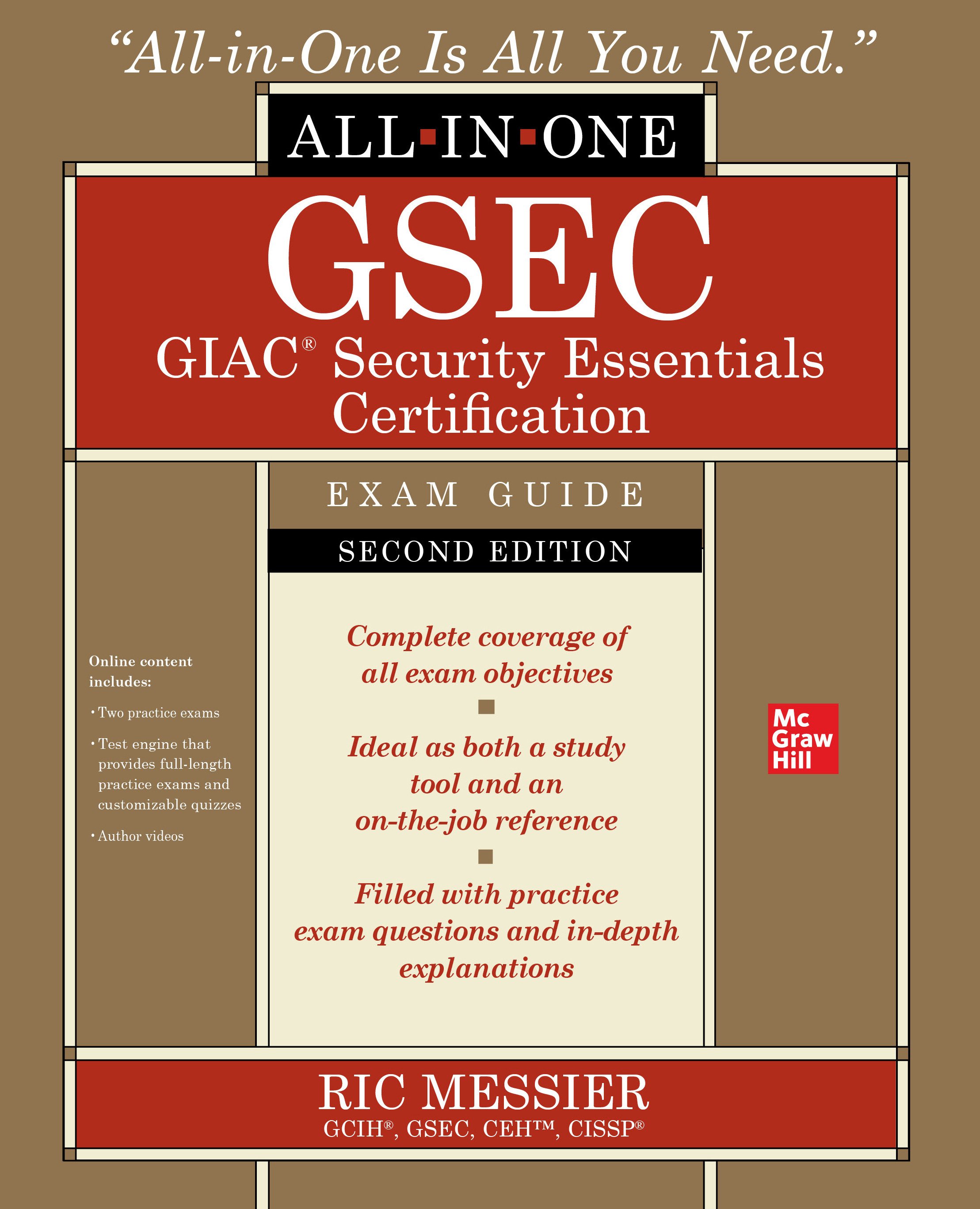Video Management Systems in Healthcare Facilities
Video is a fundemental component of a quality security plan.


Anthony Notaroberta: “Proper use of video management systems can really help you offset some of the costs with risk reduction,” says Anthony Notaroberta, senior director of system-wide security and hospital police.
Photo courtesy of Anthony Notaroberta.

“Our emergency department is like most — it’s vulnerable because it’s publicly accessible. Because the ED is on the second floor, it does allow us, because of our layout (a skyscraper), to have a little bit higher security for inpatient and outpatient, which are all above. You have to go through a single security checkpoint to get to the elevator access,” says Myron Love, director of security services.
Photo courtesy of Myron Love.

“Where there’s an expectation of patient privacy, we’re not just going to put a hidden camera in. There’s a sign there that you’re under video surveillance,” says Michael Reynolds, director of corporate security.
Photo courtesy of Michael Reynolds.




Video is a foundational component of a quality security plan.
When it comes to physical security, hospitals and healthcare facilities face a host of unique challenges. Not only do they need to provide a safe, welcoming environment in which to serve their constant flow of patients, visitors and staff and protect their many valuable assets, they must do it while also complying with a number of strict standards, codes, rules and regulations. Add to this the fact that serious workplace violence incidents in this sector are four times more likely than they are in the private sector, thanks to potentially volatile patients, and there are a lot of moving parts.
The 24/7/365 nature of hospitals requires extra vigilance when it comes to appropriate security measures. This is reflected in the results of the 2018 Hospital Security Survey, which found that hospitals are budgeting for and spending more on security, as well as hiring more security staff. Interestingly, 82 percent of the respondents also reported that maintaining security has become more challenging over the past two years.
It’s no surprise then that video strategies encompass a large piece of a risk mitigation plan in healthcare. With capabilities stretching beyond simple video surveillance into video analytics, access control, visitor management, emergency management and even improving patient care, modern video strategies are helping healthcare facilities meet these complex demands.
Here’s a look at how three healthcare systems across the country are using video approaches to meet some of their biggest challenges.
New York City
At NYC Health + Hospitals, the largest public healthcare system in the United States, cameras are concentrated in the obvious places, like emergency departments, high-traffic areas, exterior perimeters, psychiatric and pediatrics. Access control, visitor management, video analytics and alarm systems are all integrated together, says Anthony Notaroberta, senior director of system-wide security and hospital police. One of Notaroberta’s biggest challenges is funding. “We’re a public health system, so we’re basically broke. Getting funding for technology is difficult at times and if you do get it, usually not all your goals or objectives are met, so you have to prioritize,” Notaroberta says.
Chicago
Ann and Robert H. Lurie Children’s Hospital of Chicago’s main hospital is located downtown in a highly populated tourist area, so most of the hospitals in the area have retail and restaurant space to generate revenue, Lurie Children’s included, says Myron Love, director of security services. The hospital is a 23-story skyscraper that’s connected with neighboring hospitals through a bridge system, so “we have a high volume of people coming through the hospital that aren’t really coming here for us. It’s interesting,” Love says. “We want to be welcoming, but not give the implication that it’s a completely public space.” Cameras in public and semi-public spaces are monitored in the security operation center and coupled with on-the-ground security staff and 24/7 certified dispatchers.
Minneapolis
At Allina Health in Minneapolis, video cameras are placed in numerous areas, including all the public entryways of the hospitals and primary care clinics, exterior perimeters, main hallways, nurses’ stations, maternity wards, emergency departments, entrances and exits of parking ramps and pharmacies. “We’re always conscious about patient privacy,” says Michael Reynolds, director of corporate security. “Finding the right balance between our security needs and patient privacy is our biggest challenge.”
The Role of Video Analytics
Video analytic programs are a hot topic in the healthcare industry. Reynolds says Allina Health has a pilot on facial recognition software to proactively respond to known trespassers. His team has used some video analytics to alert them to abnormal activities like items that are left behind as well. “It’s a way to reduce the amount of manual review that our investigators do,” says Reynolds. “It’s just crazy how much time they spend in front of a video monitor going through historic video footage, so we’ve been researching these capabilities and we’re pretty excited about the new technology out there. It’s going to assist us in being better with the services we provide on a day-to-day basis and keeping our campuses, our patients, staff and visitors safe.”
Love, too, is excited about the potential video analytics have in terms of emergency management. “If we have to do an evacuation, it would be nice to be able to use the system and know exactly how many people are in the organization,” he says. “We may not necessarily know the specific outpatient department they may be in, but I think a combination of analytics and the visitor management system would give us the ability to count how many people checked in against how many people walked into a semi-public space.”
Notaroberta uses video analytics widely, which isn’t surprising given the large population NYC Health + Hospitals serves. “Most of these facilities have hundreds and hundreds of cameras, so analytics that send an alert to a monitor right in front of you to show you what you’re looking at makes it a lot easier on the person monitoring the cameras.” Notaroberta says they’re also looking into enhancing their analytics program and adding facial recognition. “Analytics have come a long way and they’re an important component of our video management system,” he says.
Improving Patient Care
All three healthcare facilities use cameras for patient care purposes. For instance, all the systems use cameras in psychiatric areas so that patients can be monitored live from one station and staff time is utilized more efficiently. These feeds aren’t recorded, however.
Another use of video systems is quality improvement. “We deploy our video management system out to other departments in the facility for quality improvement reviews,” says Notaroberta. “We limit who can see it and we don’t give them any recording or downloading ability, just viewing. We give them full training on how to use the system.”
Best Practices
Make sure your technology is up-to-date. “It’s important that organizations that are looking to modernize their security departments don’t overlook cameras. You might put in an old analog camera with low resolution and you may forget about it until you have to do an investigation and you realize that you have no ability to actually see the person who perpetrated that act of violence because you weren’t proactive in upgrading your cameras. So, do your count on the number of cameras you have, but look at how many of those cameras are actually functional or allow investigators to do their job effectively,” Love says.
Do frequent system checks. Daily is best, says Notaroberta. “It may seem like overkill at first, but as time goes on, it’s vitally necessary because, as many of us have found out the hard way, you find out the equipment isn’t working when you actually need it and this can cost you so much more in many other ways. Go through all your cameras, all your systems, and make sure that whatever you have is up and running a minimum of three days a week,” he says.
Look at your security-sensitive areas. “In healthcare, we have to identify those areas under Joint Commission requirements. It’s important to make sure that you actually do have sufficient video monitoring for those high-risk areas like the emergency department, ambulance bay, any infrastructure space and IM data centers,” says Love.
Consider high-traffic areas. “You may not necessarily put these in your security management plan as a high-risk location, but they’re areas of concern. For us, that would possibly be our outpatient areas where we may have a lot of people coming and going and there can be an increased risk of patient elopement. I would consider something like that a little bit higher risk, so you might want to have more cameras in there because you’ve got an influx of people,” Love says.
Be a hands-on administrator. “Especially if you’re responsible for multiple areas, it helps to have eyes on them and periodically take a look to see what’s going on, whether that’s at your desk, on your smartphone from a remote location or whether it’s a routine check-in saying, ‘Hey guys, how’s it going today?” says Notaroberta.
Think about the perception of security. “I feel very strongly that when you do a security assessment, it shouldn’t simply be based on your industry best practices, it should also be based on the feedback of the individuals using that space,” Love says. “Let’s say you have a point-of-service desk that may not necessarily be considered a security-sensitive area, but a staff member perceives that there’s aggressive behavior or threatening or intimidating language from people, and feels like his or her ability to work safely in that environment is compromised. Then we can explain that there’s a history of aggressive issues in this area so we feel like we need to have a security camera installed so that if a staff member does feel unsafe, they can hit a panic alarm and we’ll be able to observe behavioral indicators.”
When it comes to upgrading, spark competition. “I find you get more bang for your buck when you have people come in and bid a job, especially for large projects. This competition brings out the best because these people really want the job,” notes Notaroberta.
Looking for a reprint of this article?
From high-res PDFs to custom plaques, order your copy today!













